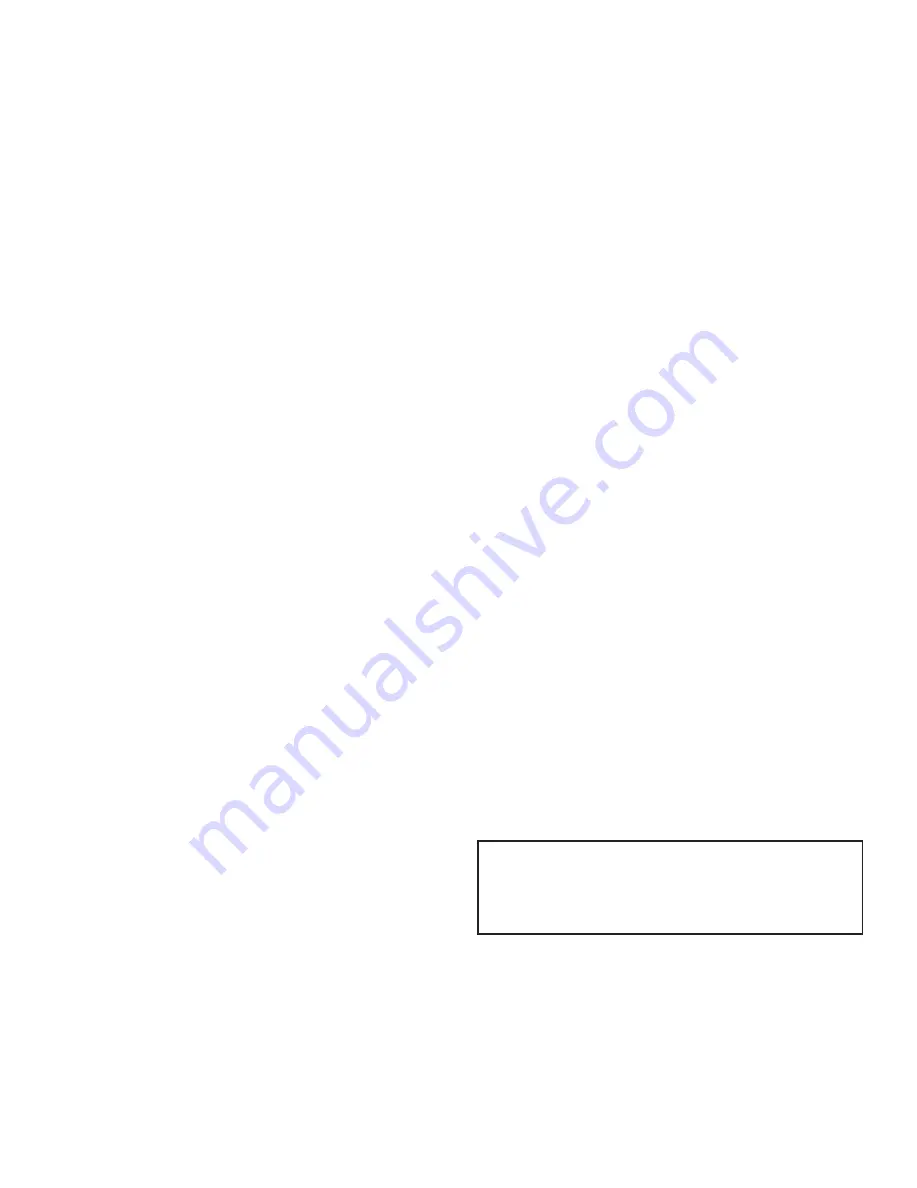
18
A. FAQs
If smoke spillage occurs from a fireplace opening when
the door is open, there is either a leakage in the flue, a
blockage in the flue, or some condition is affecting draft
Understanding and differentiating the conditions which
can cause each of these kinds of spillage problems is
essential to their solution.
• Flue Leakage
Check for improperly connected flue joints or a
damaged flue joint in the chimney system. Such
leakage would reduce draft (air would be drawn in
through the leaks rather than through the fireplace).
The result might be difficult start-up and smoky
fires that might spill if other adverse draft conditions
accompany this problem.
• Flue Blockage
The damper should be open.
Check for objects that may have fallen down the
chimney.
erating instructions, “Starting a Fire”. Be sure your flue
system is installed correctly and that it is the proper di
-
ameter and height. Check for the following:
• All chimney sections are properly installed.
• The chimney is clean and free of creosote or soot
buildup.
• Make sure overhanging trees and branches are cut
back within ten feet of the top of the chimney and the
chimney is free of debris from animals.
• Ensure the chimney cap is clean and free of any
buildup of soot or creosote if cap is equipped with a
spark arrestor screen.
• The wood being used in dry and well seasoned.
If you still suspect you have a low draft problem it may
be necessary to increase the volume of air in your
flue system. Since the diameter of your flue system is
matched with the size of the flue collar and should not
be changed, then the height of the system must be in
-
creased. Add chimney sections one at a time until the
draft improves.
In some cases, regardless of what you do, it can still be
difficult to establish the proper flue draft. This is espe
-
cially evident when using an exterior factory-built chim
-
ney or exterior masonry chimney. Try holding a burning
rolled up newspaper as close to the flue outlet as pos
-
sible for a few minutes, then light the paper under the
kindling. The heat generated from the burning rolled up
newspaper should help get the draft established.
Still other factors can affect how well your flue system
performs. Neighboring structures, high winds, tall trees,
even hillsides can affect air currents around the chim
-
ney. Well designed chimney caps are available that can
help. Your fireplace dealer is the local expert in your
area. He can usually make suggestions or discover
problems that can be easily corrected allowing your
fireplace to operate correctly as it has been designed,
providing safe and economical heat for your home.
Flue draft is measured as negative pressure in the
chimney. The amount of negative pressure determines
how strong the draft is. The draft is important because
it draws the combustion air into the fireplace and pulls
the smoke out of the chimney.
There are three basic criteria essential in establishing
and maintaining flue draft:
• availability of combustion air
• heat generated from the fire
• diameter and height of the flue system
These three factors work together as a system to create
the flue draft. Increasing or decreasing any one of them
will affect the other two and thus change the amount of
draft in the entire system.
If the fire is hard to start and smoke spills out of the fire
-
place, or you find it difficult to establish and maintain a
moderately high burn rate, then the flue draft is too low
and corrective measures must be taken.
Be sure you have air available for combustion and that
your firewood is dry and well seasoned. Build your fires
properly and according to the instructions given in op
-
Hearth & Home Technologies assumes no responsibil
-
ity for the improper performance of the fireplace sys
-
tem caused by inadequate draft due to environmental
conditions, down drafts, tight sealing construction of
the structure, or mechanical exhausting devices which
will create a negative air pressure within the structure
where the fireplace is located.
Contact your dealer for additional informa-
tion regarding operation and troubleshoot-
ing. Visit www.heatilator.com to find a
dealer.
Heat & Glo • Rutherford 50-B Owner’s Manual • 4059-702 • Rev N • 04/21







































